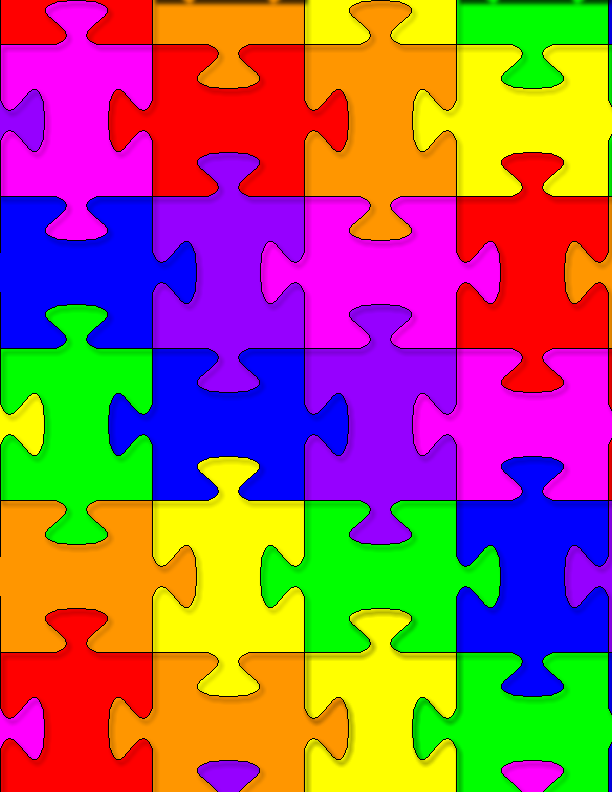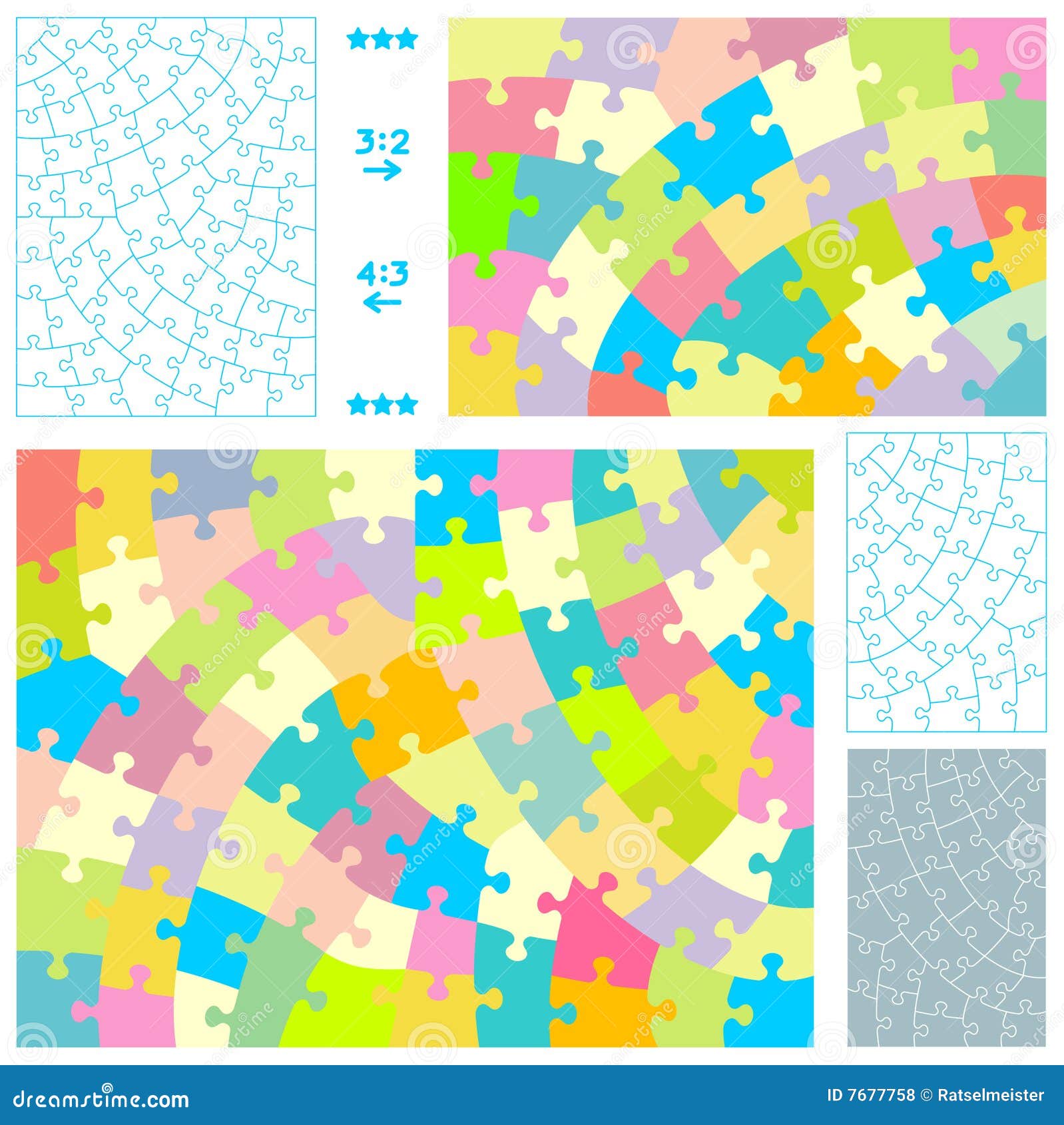
3.3.3.4.4 (elongated triangular tessellation).3.3.3.3.6 (blunt hexagonal tessellation).There are eight semi-regular tessellations: Each node is surrounded by the types of polygons that make up the tessellation, always in the same order, and the edge condition is completely shared with the neighbor. Semi-regular or Archimedean tessellations consist of two or more types of regular polygons. The nomenclature for a regular hexagonal tessellation is 6.6.6 or alternatively 6 3. In a hexagonal tessellation each node is surrounded by three regular hexagons as shown in figure 5. The notation that is applied to this type of square tessellation is: 4.4.4.4 or alternatively 4 4 Example 3: Hexagonal tessellation

It should be noted that each node in the tessellation is surrounded by four congruent squares. In figure 1 we have a good example.įigure 4 shows a regular tessellation composed only of squares. The most common type of tessellation is that formed by rectangular and particularly square mosaics. In the case that a single type of mosaic formed by a regular polygon is used, then a regular tessellation, but if two or more types of regular polygons are used then it is a semi-regular tessellation.įinally, when the polygons that form the tessellation are not regular, then it is a irregular tessellation. In this way, there are no spaces left uncovered and the tiles or mosaics do not overlap. Tiles or tiles are flat pieces, generally polygons with congruent or isometric copies, which are placed following a regular pattern. They are everywhere: in streets and buildings of all kinds. The tessellated are surfaces covered by one or more figures called tiles.


Example 12: tessellation in video games.Example 6: rhombi-tri-hexagonal tessellation.Example 5: Blunt hexagonal tessellation.Video: 12.1 Tessellations of Regular and Irregular Polygons Content


 0 kommentar(er)
0 kommentar(er)
